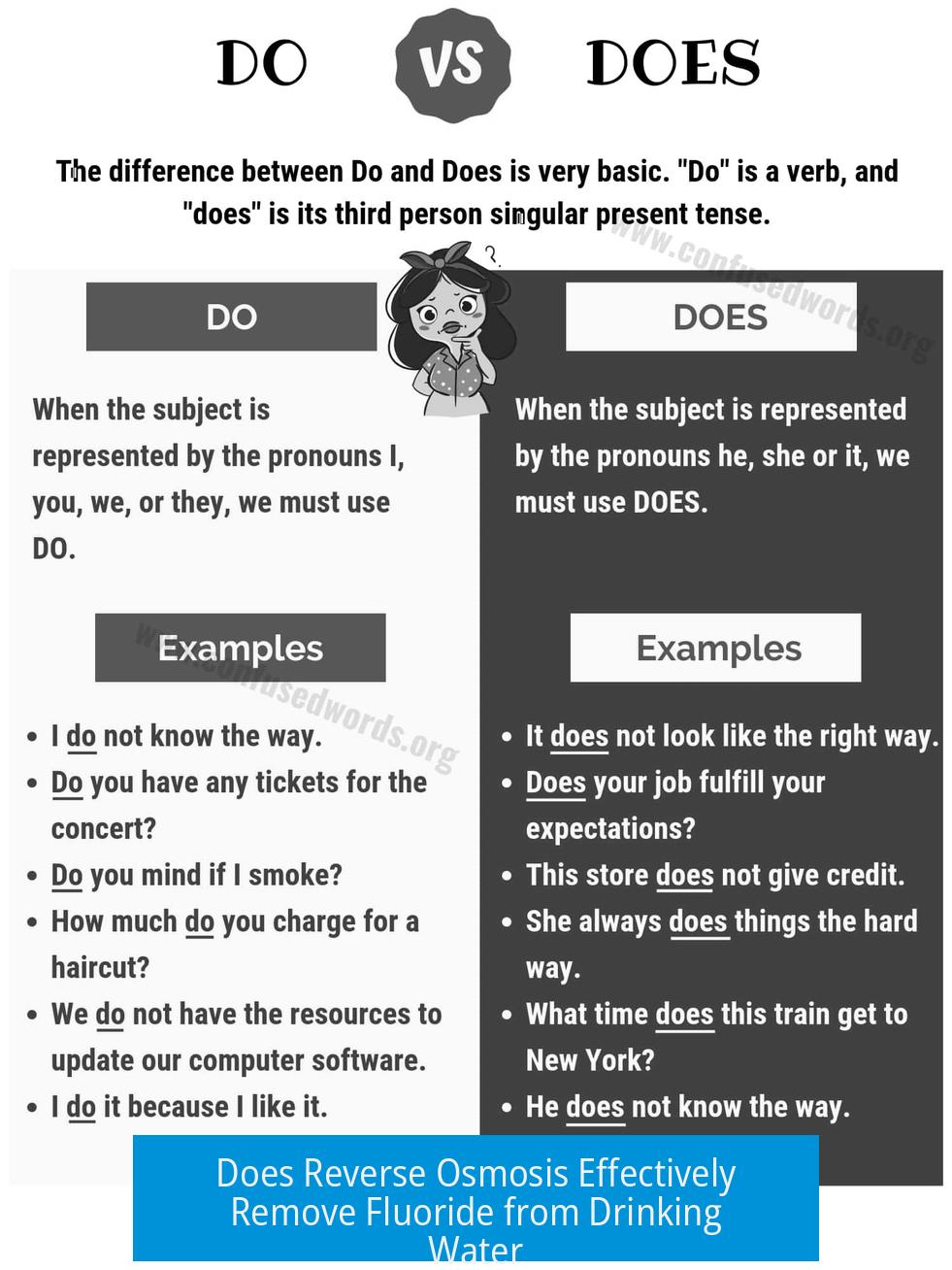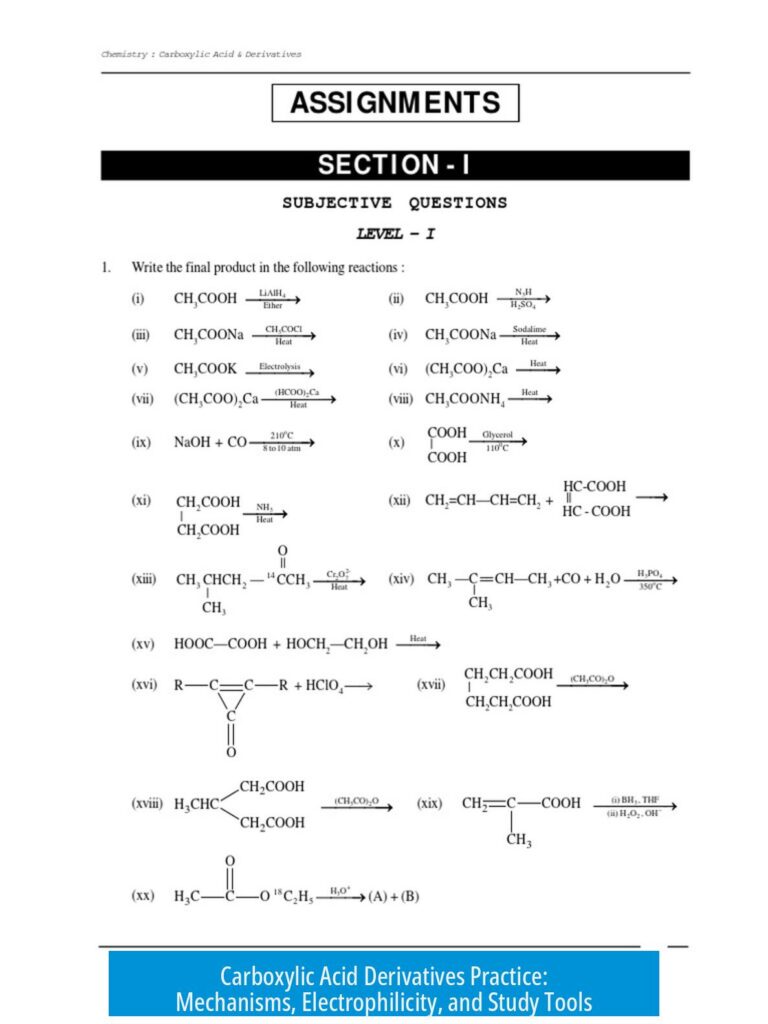Does Reverse Osmosis Remove Fluoride in Water?

Yes, reverse osmosis (RO) effectively removes fluoride from water by filtering out mineral salts, including fluoride ions, through its semi-permeable membrane. This process works primarily by filtering particles based on size, not by disrupting ionization states.
How Reverse Osmosis Works for Fluoride Removal

RO membranes exclude particles larger than water molecules by forcing water under pressure through a fine membrane. Fluoride ions exist as dissolved mineral salts, which RO systems filter out alongside other mineral contaminants. Ionization does not prevent removal; despite fluoride typically being ionized in water, RO still blocks its passage.
- RO targets mineral salts such as fluoride salts by size exclusion.
- Ionization state of fluoride does not affect its removal.
- Effectiveness depends on membrane integrity and maintenance.
Factors That Influence Fluoride Removal Efficiency
Flow rate through the RO membrane affects filtration quality. When water flows slowly or sits on the membrane, contaminants like fluoride may pass through more easily over time; this phenomenon is known as “TDS creep.”
Household usage patterns, often involving intermittent small draws of water, can reduce the continuous effectiveness of RO. To mitigate this, many users collect purified water in large containers before consumption, maintaining better flow and reducing waste.
Reverse Osmosis and Deionization for Fluoride Removal
Some systems combine RO with deionization (DI) resins. DI complements RO by further removing ions, including fluoride, that may pass through initially or accumulate over time. Though RO is the primary fluoride-removing step, DI enhances overall water purity.
Practical Considerations
- Ensure RO membrane integrity and regular replacement.
- Maintain consistent flow through the membrane to prevent TDS creep.
- Use additional DI filtration if higher purity or fluoride removal is required.
- Store produced RO water in clean containers for efficient use.
Key Takeaways
- Reverse osmosis effectively removes fluoride ions by filtering out mineral salts.
- Ionization does not hinder fluoride removal via RO membranes.
- Flow rates and usage patterns influence filtration performance, with slow flow risking increased contaminant passage.
- Deionization resins often supplement RO for enhanced fluoride and ion removal.
- Proper system maintenance and water storage improve fluoride removal efficiency and reduce waste.





Leave a Comment